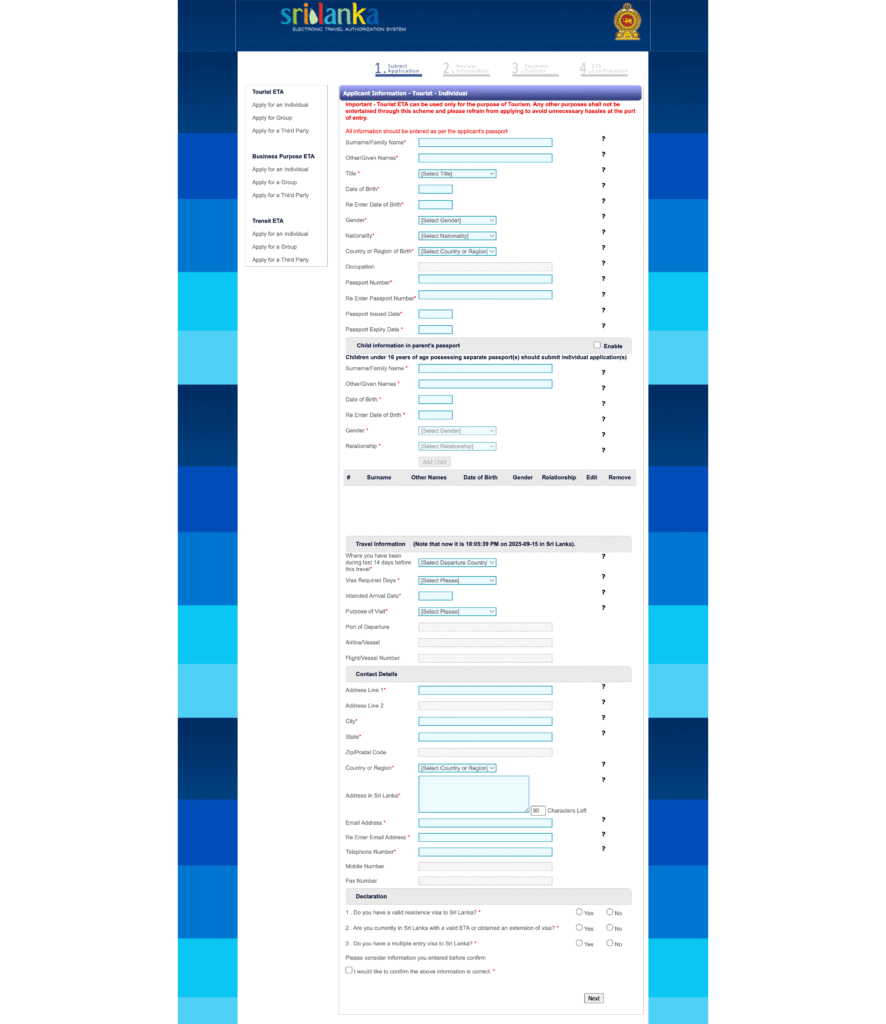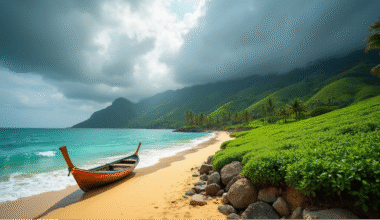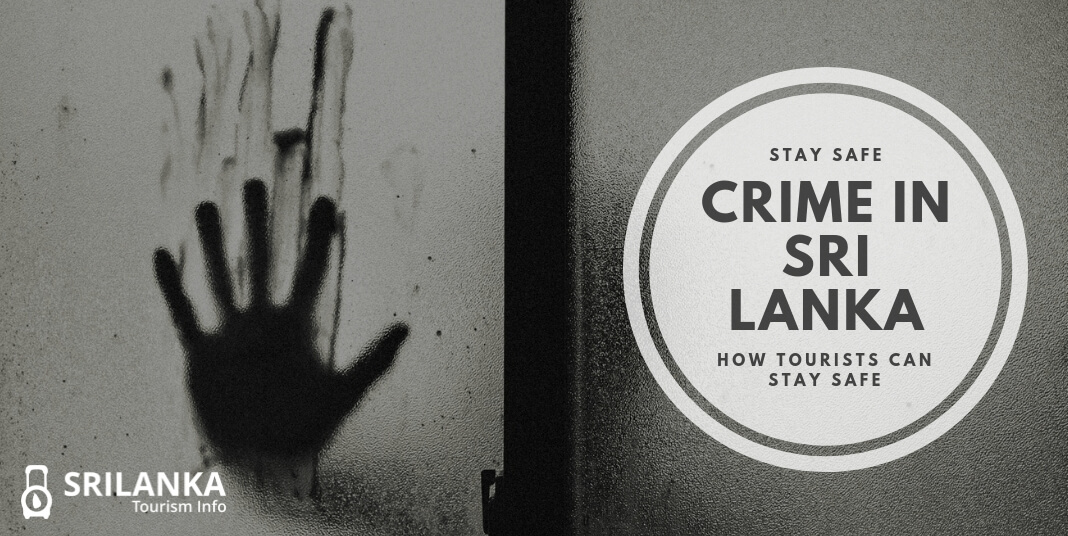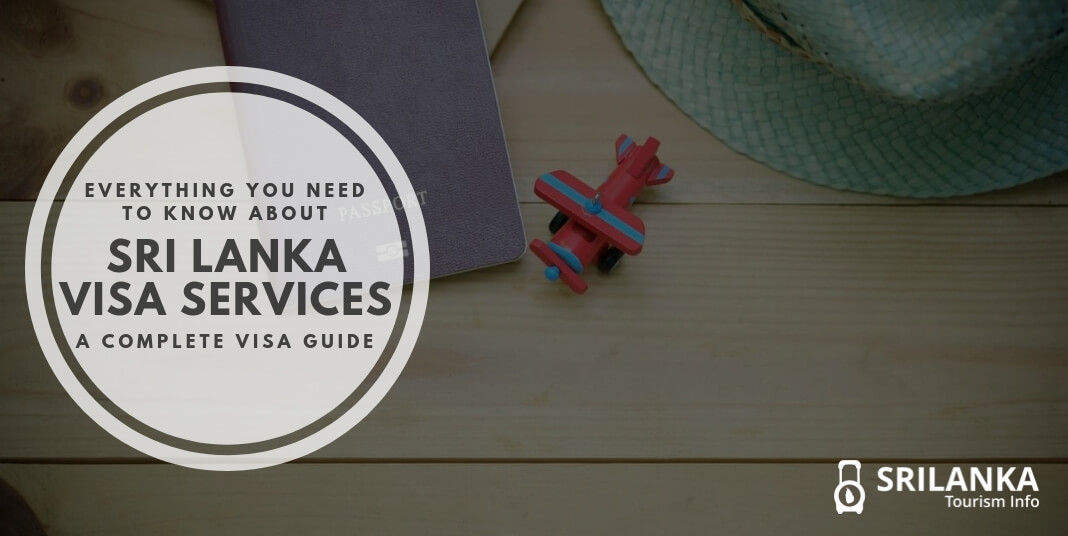Getting your Sri Lanka visa requirements sorted can feel daunting while you’re excited to learn about this stunning island nation. The rules have changed. Since September 27, 2024, tourists and business travelers need to get an Electronic Travel Authorization (ETA) before they enter Sri Lanka. This online system now replaces the old visa-on-arrival option and lets you stay up to 30 days. Citizens from the Republic of Maldives, Singapore, and Seychelles don’t need this authorization thanks to special agreements between countries.
Sri Lanka’s 26 national parks and rich cultural heritage await you. The process starts with a simple online application through the official ETA website (https://eta.gov.lk/slvisa/). This system makes it easier for non-Sri Lankans to enter legally while managing their stay conditions.
Let’s take a closer look at everything in Sri Lanka’s visa requirements, application steps, and entry conditions. This information will make your experience to this beautiful island country completely smooth.
Do You Need a Visa for Sri Lanka?
Your nationality, passport type, and visit purpose determine Sri Lanka’s visa requirements. Most travelers need authorization to enter this island nation.
Visa-free countries and exemptions
Singapore, Maldives, and Seychelles citizens can enter Sri Lanka without a visa thanks to reciprocity agreements. On top of that, seven countries – China, India, Indonesia, Russia, Thailand, Malaysia, and Japan – enjoy a free visa regime with 30-day stays and double entry privileges.
Some travelers get automatic exemptions whatever their nationality:
- Sri Lankan dual citizens
- Children up to 21 years whose birth is registered under section 5(2) of Citizenship Act 1948
- Children under 21 born in Sri Lanka to Sri Lankan parents with foreign nationality
Diplomatic and Official passport holders don’t pay ETA processing fees but still need authorization. United Nations Passport and Interpol Passport holders can stay up to 90 days without a visa.
ETA eligibility for most travelers
Most nationalities must get an Electronic Travel Authorization (ETA) before arriving in Sri Lanka. Standard ETAs remain valid for 30 days from entry, and travelers can extend their stay up to six months.
American citizens must get an ETA to stay up to 30 days. They should secure it no more than 90 days before arrival. Their passport needs at least six months’ validity beyond the return date and one blank page. The official Sri Lanka ETA portal (eta.gov.lk) offers the best way to apply online. While ports of entry can issue ETAs, online applications help avoid arrival delays.
When you must apply at an embassy
Some situations require a visit to a Sri Lankan embassy or consulate instead of using the online ETA system:
- Religious activities, volunteer work, and local employment require appropriate visas before arrival – the ETA system won’t work. Business travelers can get their specialized ETA from either a Sri Lankan diplomatic mission or at entry ports.
- Travelers from Cameroon, Nigeria, Ivory Coast, Ghana, North Korea, and Syria face tighter restrictions. They can’t apply for ETAs independently and need visas from Sri Lankan diplomatic missions. These applications often need a local sponsor’s support.
Step-by-Step Sri Lanka Visa Application Guide
Getting your Sri Lanka visa is a simple process that changes based on why you’re traveling. This piece walks you through each step to help you get your visa without any hassle.

Choose the right visa type
Sri Lanka has different visa options that match your travel needs:
- Tourist Visa: You can use this to sightsee, holiday, visit friends/relatives, get medical treatment, or join sports events
- Business Visa: Perfect for quick business trips with single, double, or multiple entries
- Transit Visa: Lets you stay up to 48 hours while traveling to another country
- Residence Visa: Covers long-term stays including work, study, or retirement
Apply online through Sri Lanka e visa portal
The official portal (eta.gov.lk) makes it easy to get your ETA:
- Head to the official ETA website and click “Apply”
- Fill out the form with your personal and travel info
- Double-check everything before you submit
Most applications get processed quickly, usually within 24 hours.
Pay the ETA fee and receive confirmation
Your fees will depend on where you’re from and what visa you need:
- Tourist visa (30 days): $20 for SAARC countries, $50 for others
- Business visa (30 days): $30 for SAARC countries, $55 for others
- Transit visa (2 days): Free for all nationalities
Kids under 12 don’t need to pay ETA fees whatever their nationality. Once your payment goes through, you’ll get a confirmation email. Keep this handy to show immigration when you arrive.
What to do if applying at the embassy
The embassy route might be your best option if you can’t apply online:
- Find your nearest Sri Lankan diplomatic mission
- Hand in your completed visa form with required documents
- Pay your fees with cash, money order, or bank draft (they usually don’t take credit cards)
You’ll need to apply at the embassy for special visas like employment, religious activities, or journalism since these aren’t available through the ETA system. Note that you’ll need three things when you arrive: a passport valid for at least six months, your return ticket, and proof you have enough money for your stay.
What You Need Before You Apply
Your Sri Lanka visa application needs the right documentation. Here’s what to gather before you start:
Valid passport and recent photos
Make sure your passport stays valid for at least six months after you arrive in Sri Lanka. You’ll need passport-sized photos with a white background. The photos should show your face clearly with a neutral expression, no smiling, and both eyes visible. Don’t wear tinted glasses in the photos.
Confirmed return ticket
Sri Lanka requires all ETA holders to show a round-trip ticket when they arrive, especially when traveling by air. This shows that you plan to leave the country before your authorized stay ends.
Proof of funds and accommodation
You should be ready to show you have enough money to cover your stay. This could be your recent bank statements, hotel bookings, or invitation letters from people hosting you in Sri Lanka. Keep these documents handy as immigration officers might ask to see them when you arrive.
Special documents for business or journalist visas
Journalists need a media accreditation letter from the Ministry of Foreign Relations. You’ll also need a list of equipment with a temporary import document called ‘Carnet’ for customs. Business visitors must show proof of their business activities. Anyone planning to film documentaries needs extra permits from the National Film Corporation. Note that you must use the same travel document for both the application and entry.
Entry and Stay Conditions to Know
You need to understand the entry procedures and stay conditions when you arrive in Sri Lanka. This knowledge ensures a trouble-free visit.
Sri Lanka entry requirements at the airport
You must show three significant items at immigration with your ETA approval: a passport valid for at least six months beyond arrival date, a confirmed return ticket, and proof of sufficient funds to cover your stay. You should prepare these documents before your trip to avoid delays.
Visa validity and extension rules
The tourist ETA lets you stay for 30 days with double entry capability. You can extend your stay up to 270 days through three separate extensions: first for 60 days, then 90 days each for second and third extensions. The Immigration Department in Battaramulla processes extensions both online and in person. Remember that leaving Sri Lanka during an extended period automatically cancels your extension.
Rules for transit and short stays
A transit visa gives you a free 48-hour stay. You don’t need a visa if you connect within 24 hours. The short-term authorization has no extension options.
Activities not allowed on tourist visas
Tourist visa holders must not:
- Involve themselves in business or trade activities
- Take part in meetings, conferences, or training programs
- Work for payment or without payment
- Try to live long-term through frequent visits
Breaking these rules could lead to deportation.
Conclusion
Getting the right visa is a vital first step in your Sri Lankan adventure. Your smooth entry into this beautiful island nation depends on your nationality, passport type, and why you’re visiting. You might qualify for visa exemption, need a standard ETA, or have to apply through an embassy. The right paperwork will help your travel plans move forward smoothly.
Note that you should collect all your materials before you start applying. You’ll need a valid passport with enough time left on it, confirmed return tickets, and proof you have enough money – whatever type of visa you’re after. Business travelers and journalists need extra paperwork to meet their specific entry rules.
The ETA system is a straightforward, available way to get authorization quickly. In spite of that, you should apply well ahead of your departure date. This gives enough time to process everything and gets you ready for immigration checks when you land. The right visa means you can focus on what matters – Sri Lanka’s breathtaking landscapes, rich cultural heritage, and unforgettable hospitality instead of dealing with paperwork.
These guidelines will substantially cut down stress while you prepare to travel. Take time to figure out your visa category, get your documents together, and fill out your application carefully. Before you know it, you’ll be stepping onto Sri Lankan soil, ready for all the amazing experiences this magnificent destination offers.
Key Takeaways
Planning your Sri Lanka trip just got simpler with these essential visa requirements and application insights:
- Most travelers need an Electronic Travel Authorization (ETA) obtained online before arrival, valid for 30 days with possible extensions up to 270 days total.
- Citizens of Singapore, Maldives, and Seychelles are completely exempt, while seven countries (China, India, Indonesia, Russia, Thailand, Malaysia, Japan) get free 30-day visas.
- Apply through the official ETA portal (eta.gov.lk) with fees ranging from $20-$55 depending on nationality and visa type, with children under 12 traveling free.
- Essential documents include a passport valid for 6+ months, confirmed return ticket, and proof of sufficient funds – prepare these before applying to avoid delays.
- Tourist visas prohibit business activities, employment, or frequent visits for residence purposes, so choose the correct visa type based on your travel purpose.
The key to hassle-free Sri Lankan travel lies in understanding your specific requirements and applying through proper channels well before departure.
FAQs
Q1. Do I need a visa to visit Sri Lanka? Most travelers need an Electronic Travel Authorization (ETA) before entering Sri Lanka. However, citizens of Singapore, Maldives, and Seychelles are exempt, while some countries enjoy a free visa regime for 30-day stays.
Q2. How can I apply for a Sri Lanka visa? You can apply for an ETA through the official Sri Lanka e-visa portal (eta.gov.lk). Fill out the online application form, pay the required fee, and you’ll typically receive approval within 24 hours.
Q3. What documents do I need for my Sri Lanka visa application? You’ll need a passport valid for at least six months beyond your arrival date, recent passport-sized photos, a confirmed return ticket, and proof of sufficient funds for your stay.
Q4. How long can I stay in Sri Lanka with a tourist visa? A standard tourist ETA allows a 30-day stay with double entry capability. You can extend your stay up to 270 days in three consecutive instances if needed.
Q5. Can I work or conduct business on a tourist visa in Sri Lanka? No, tourist visa holders are not allowed to engage in any paid or unpaid employment, business activities, or participate in meetings, conferences, or training programs. Violating these conditions may result in deportation.







